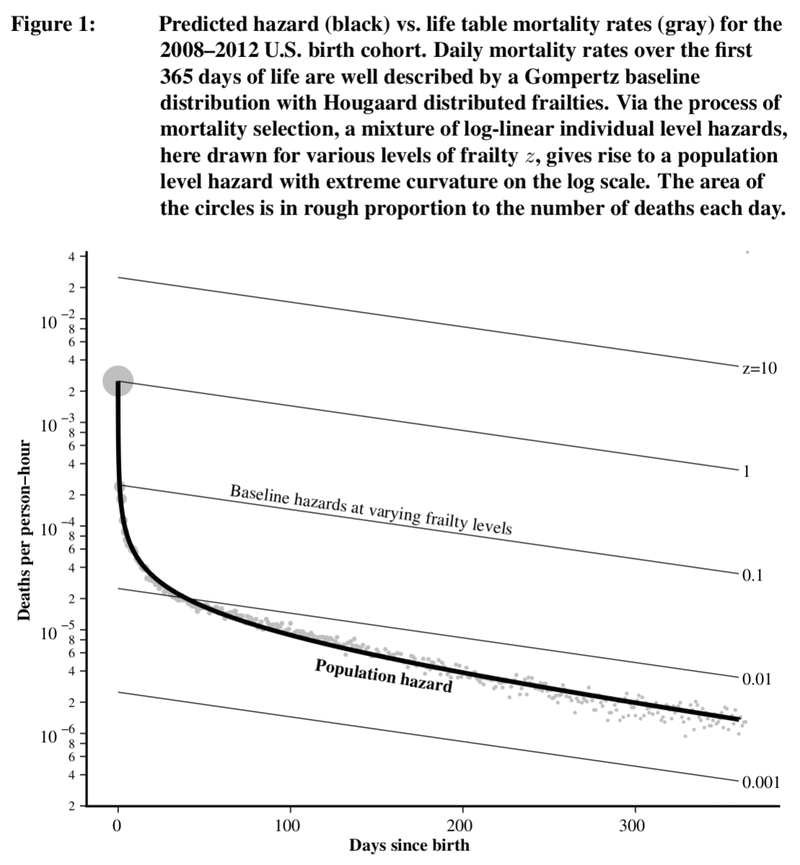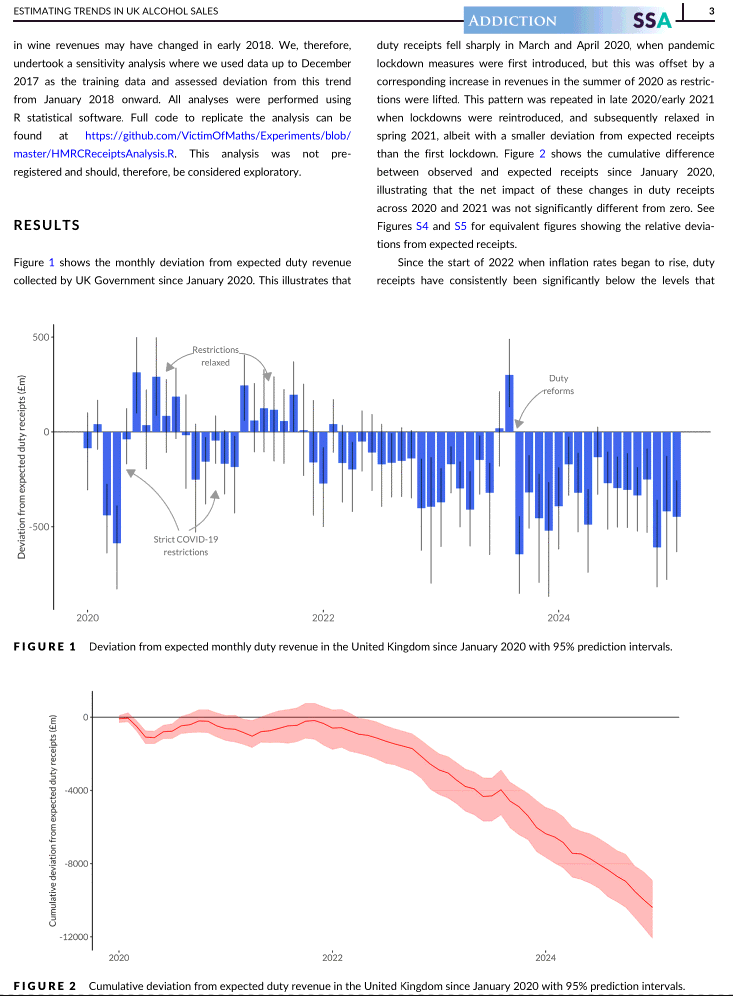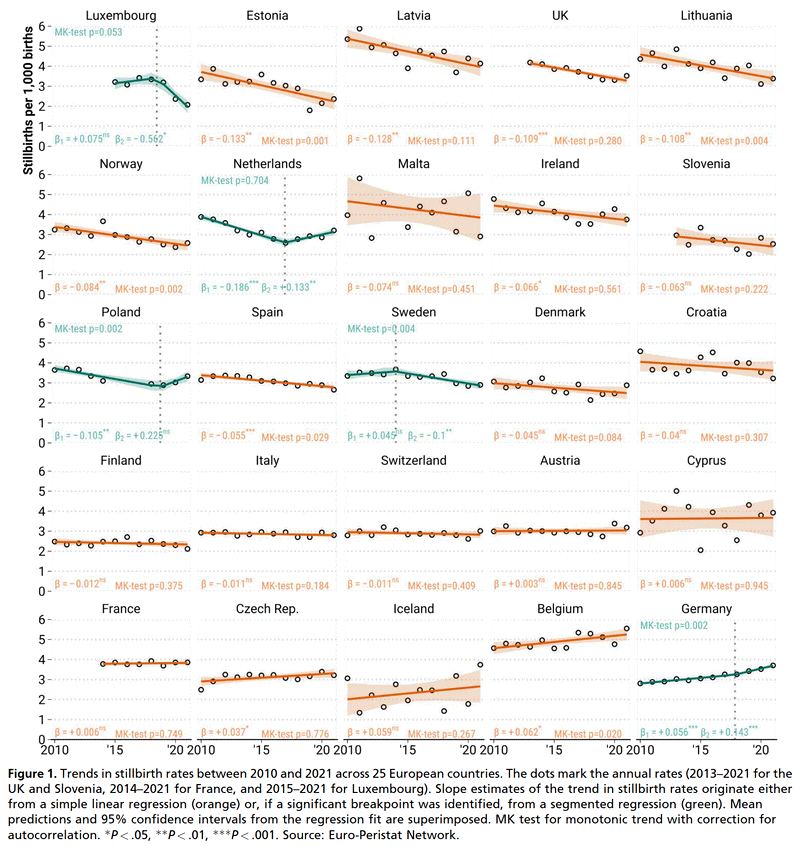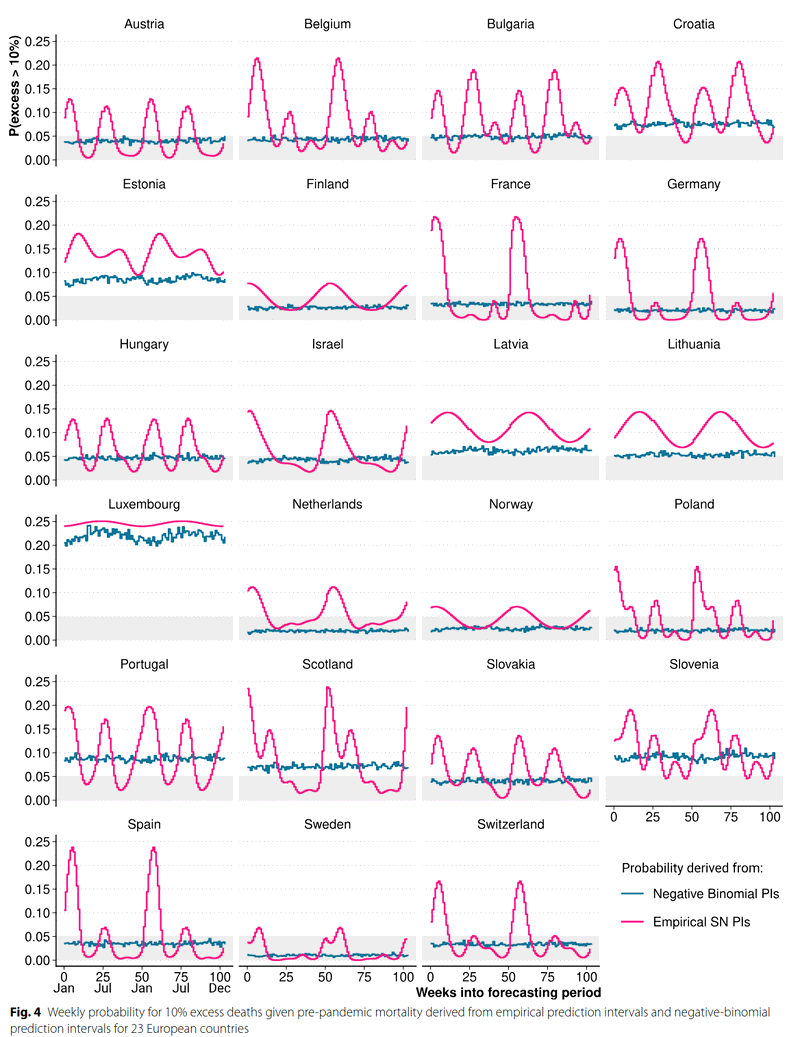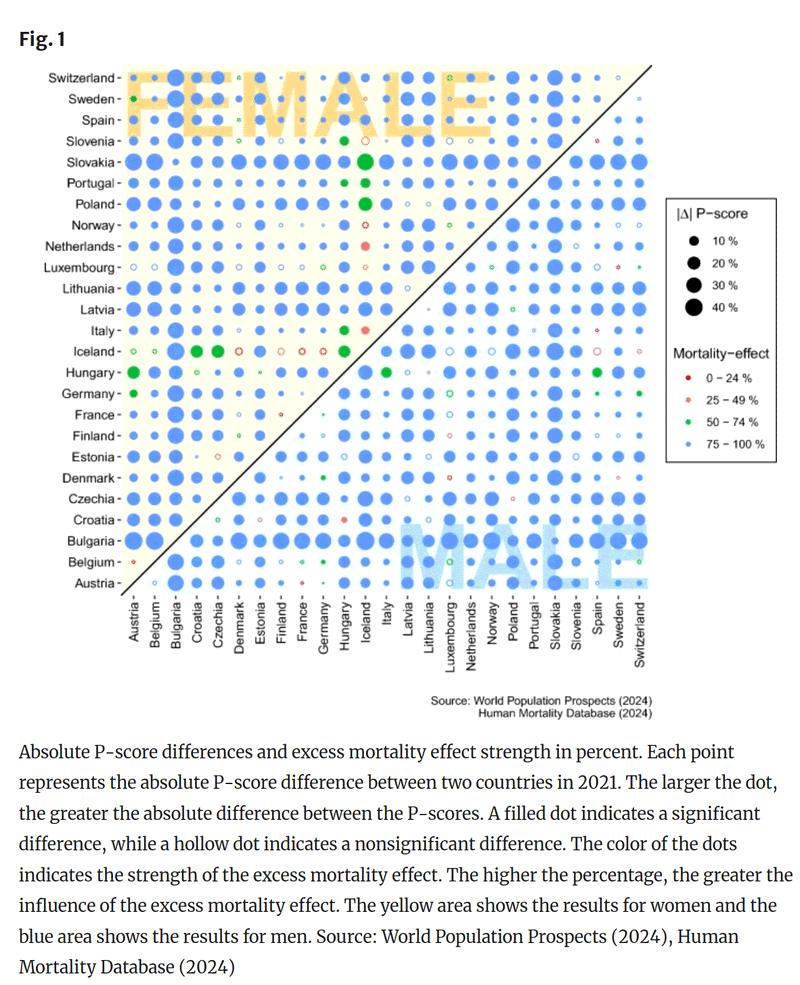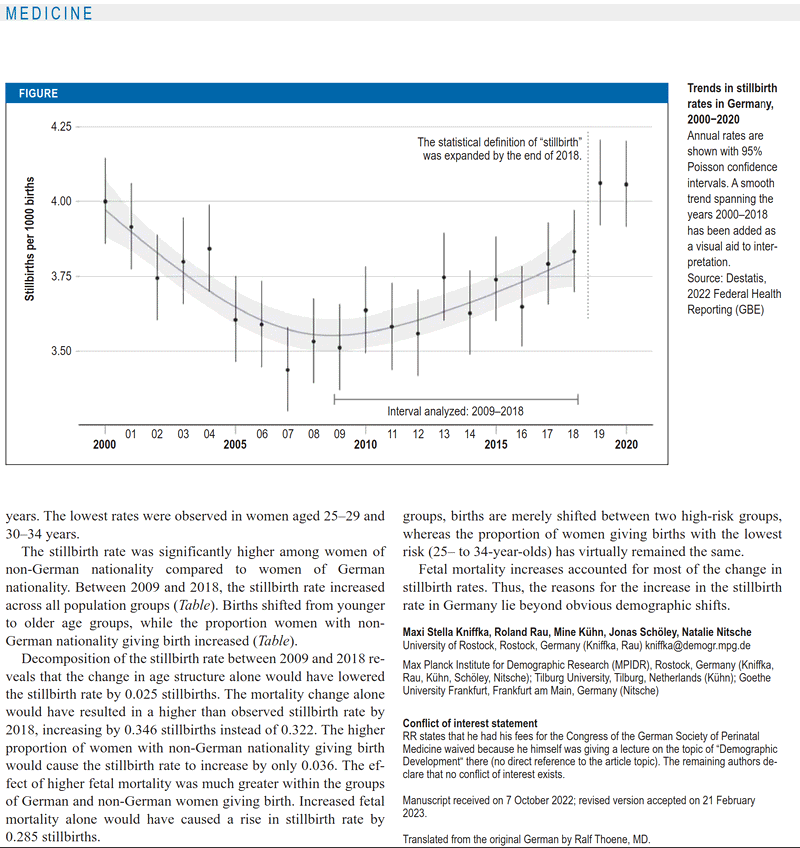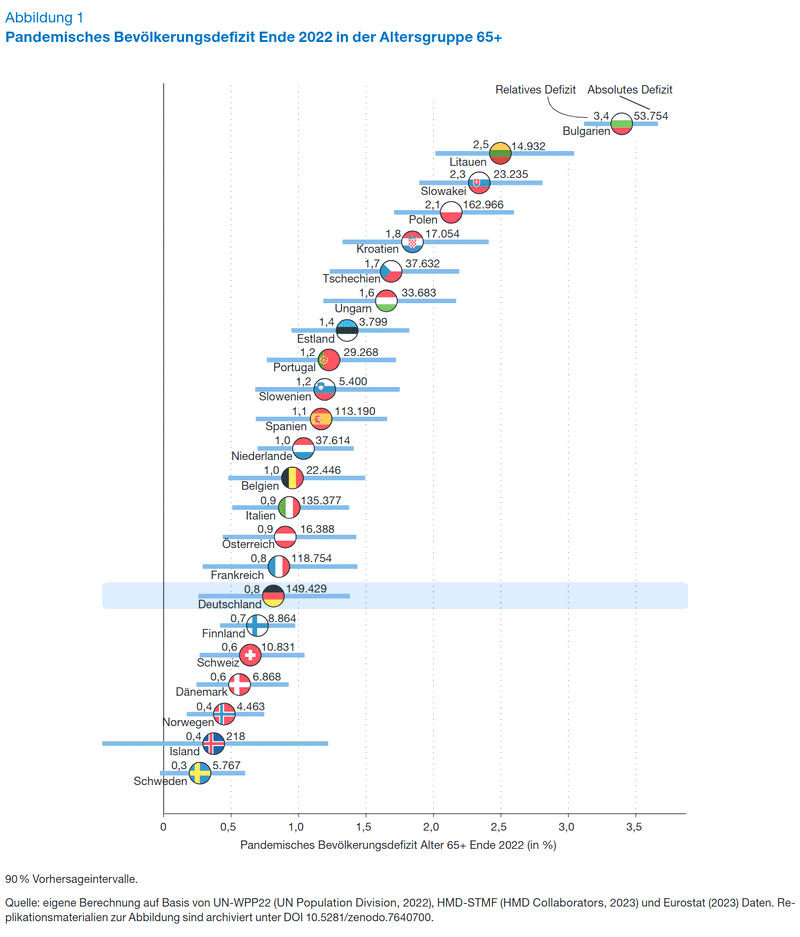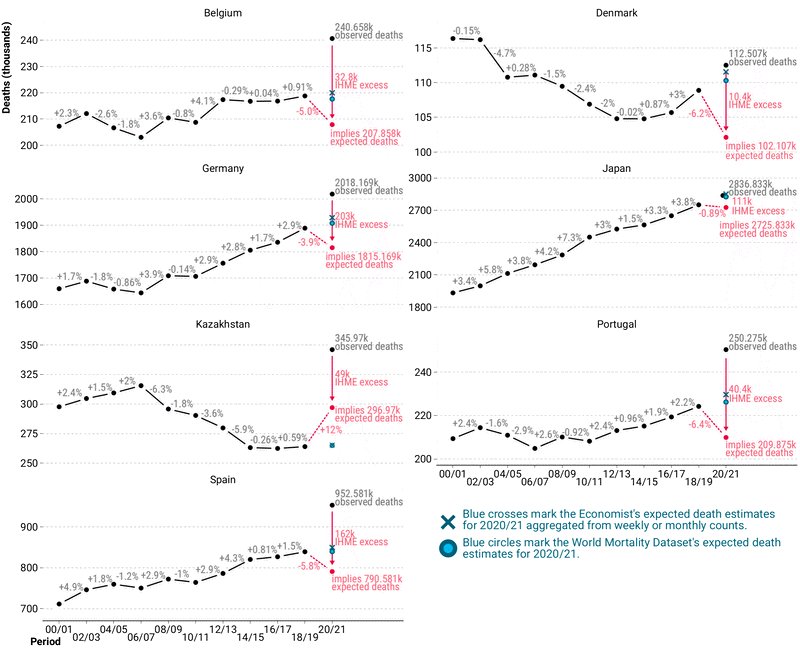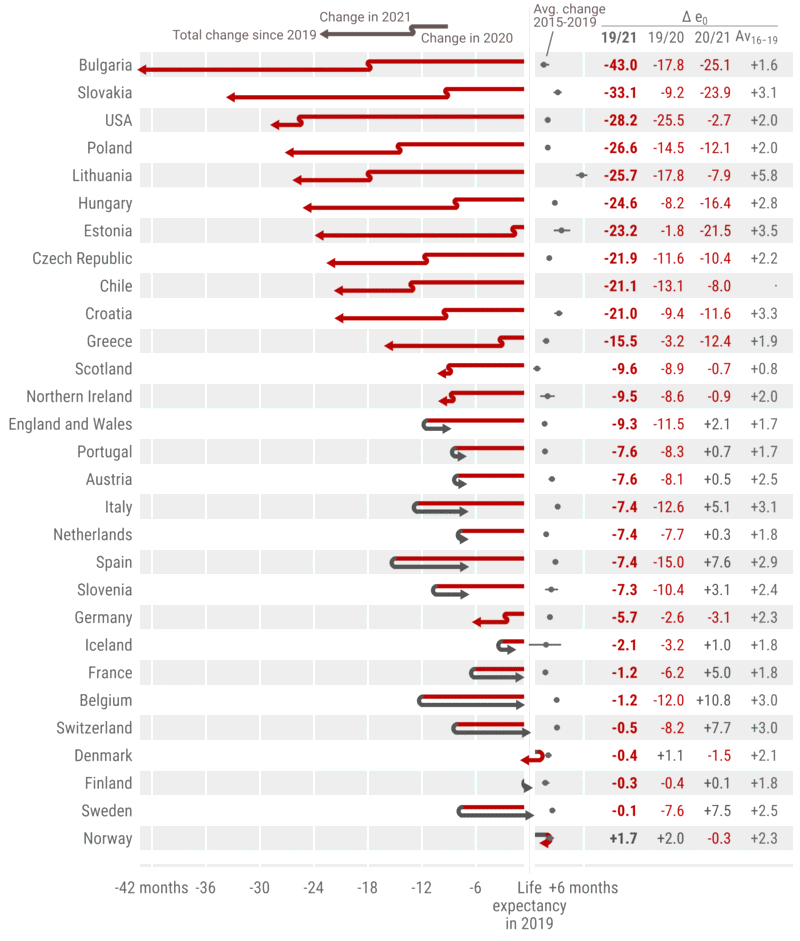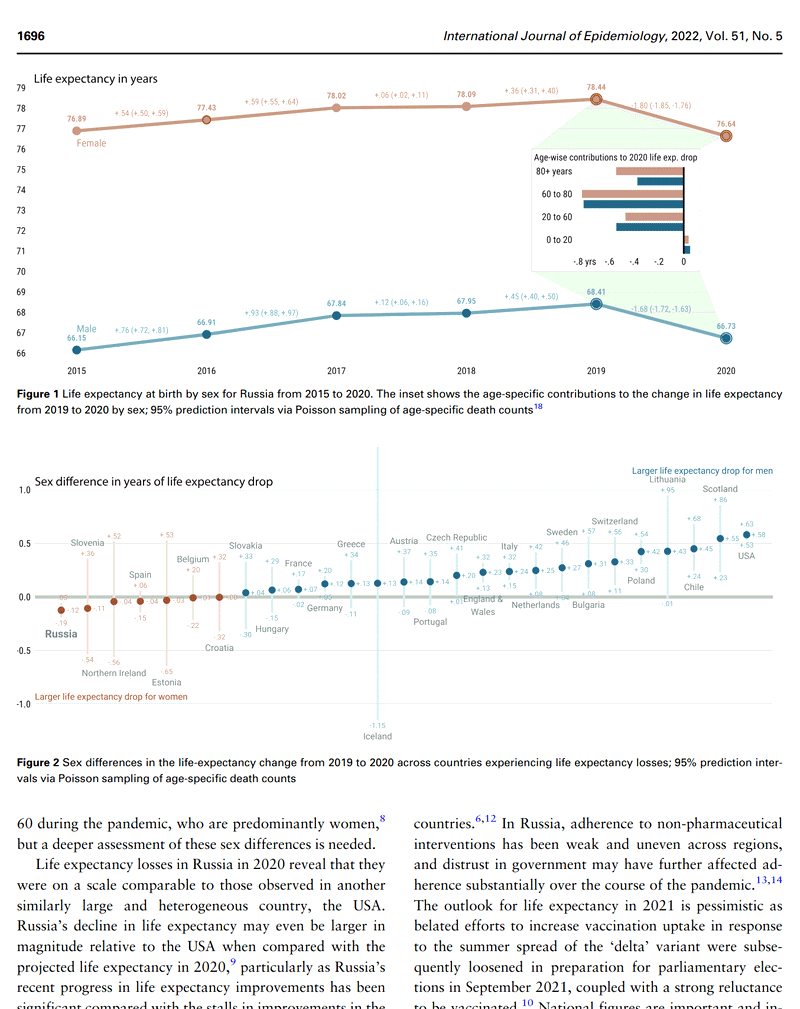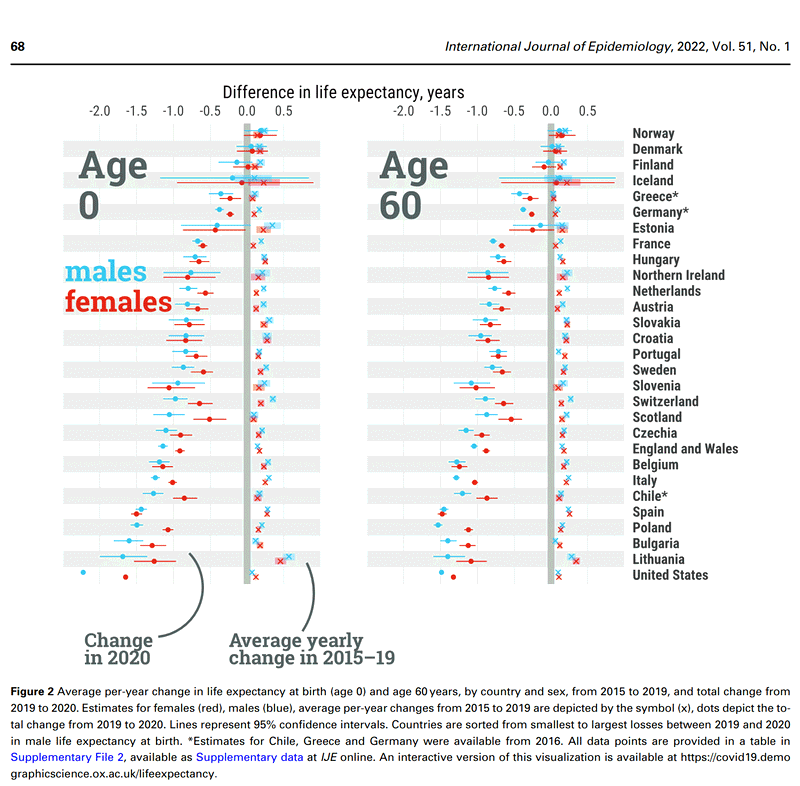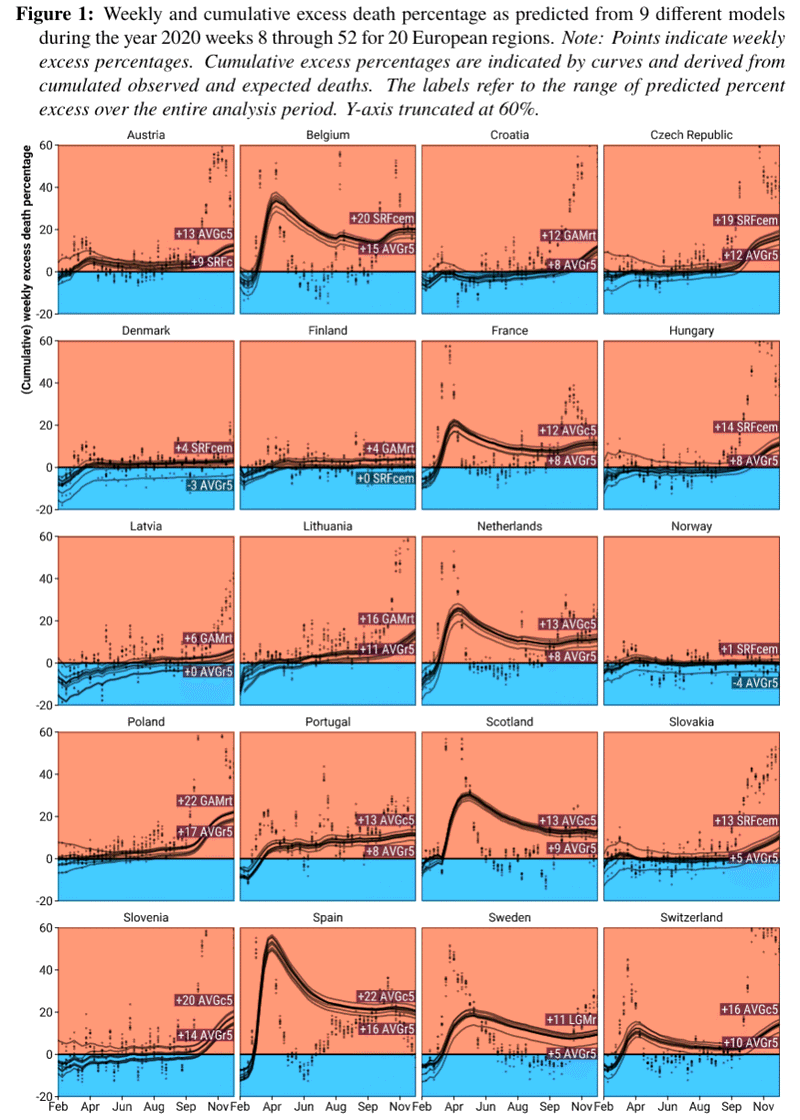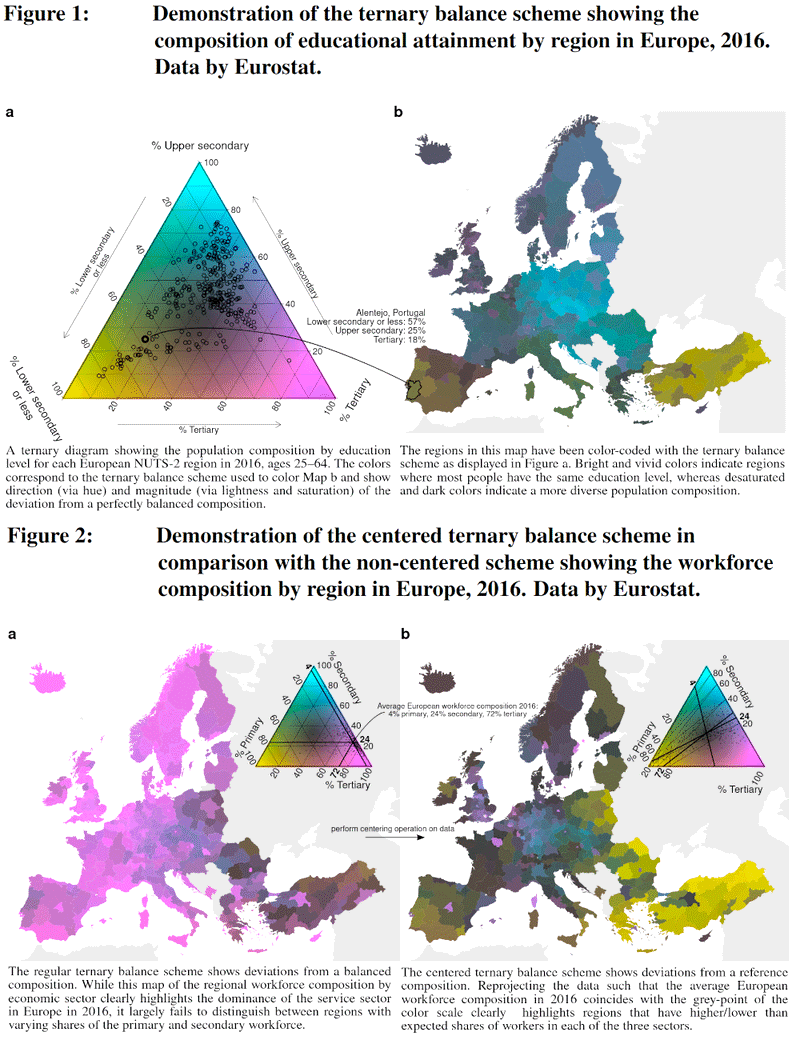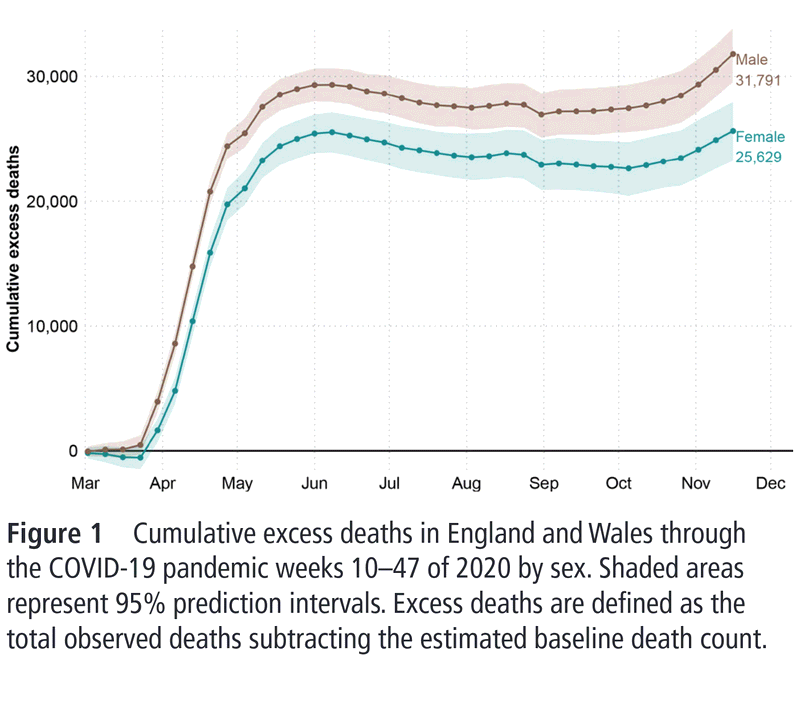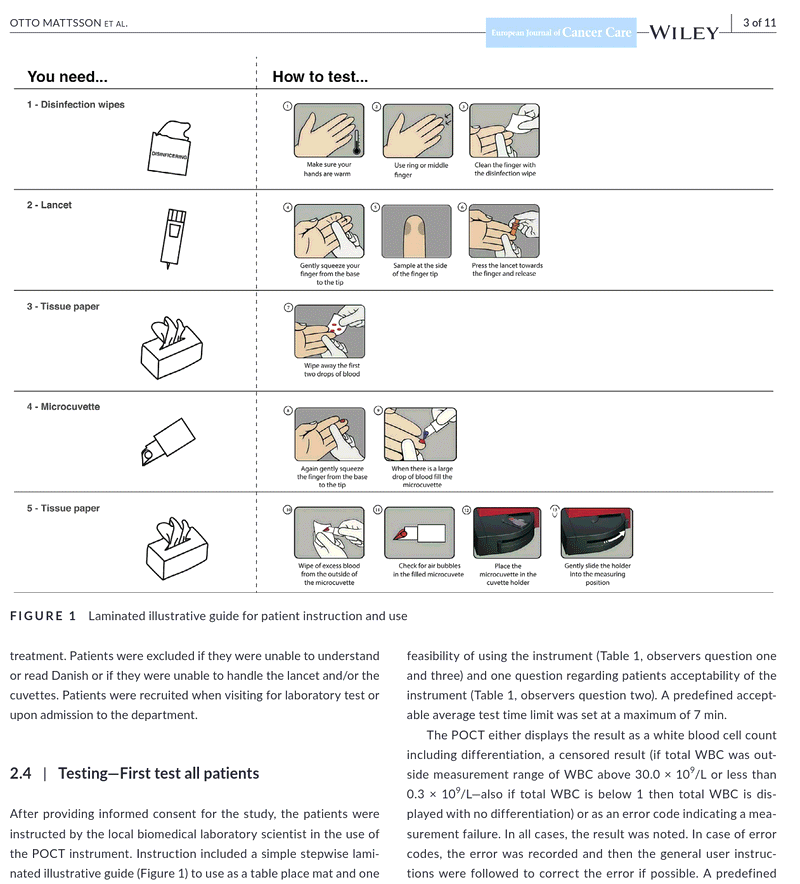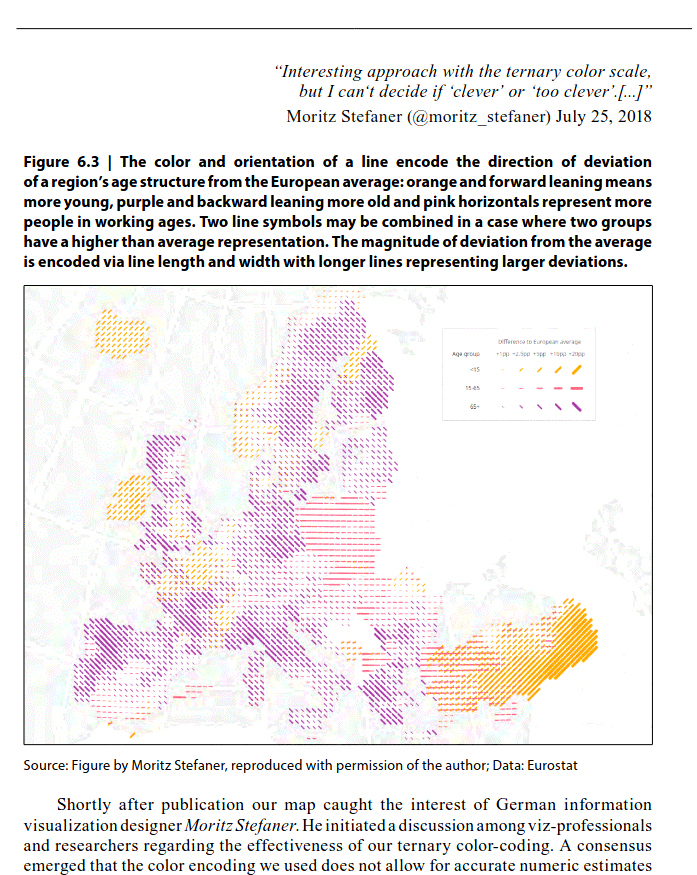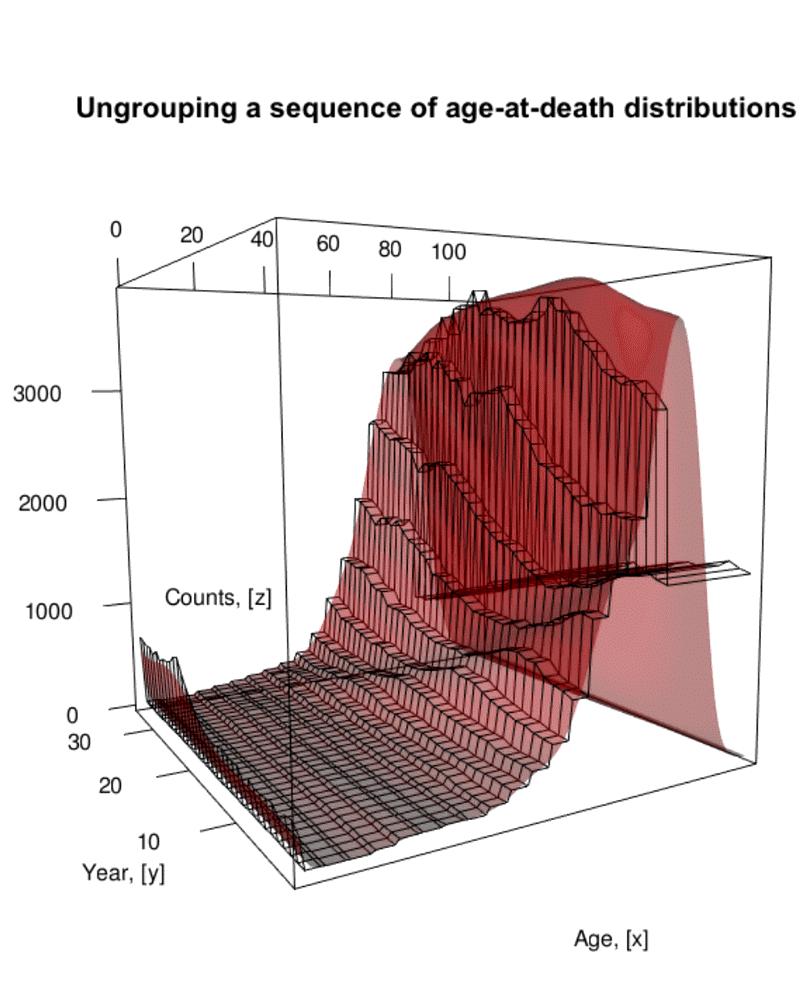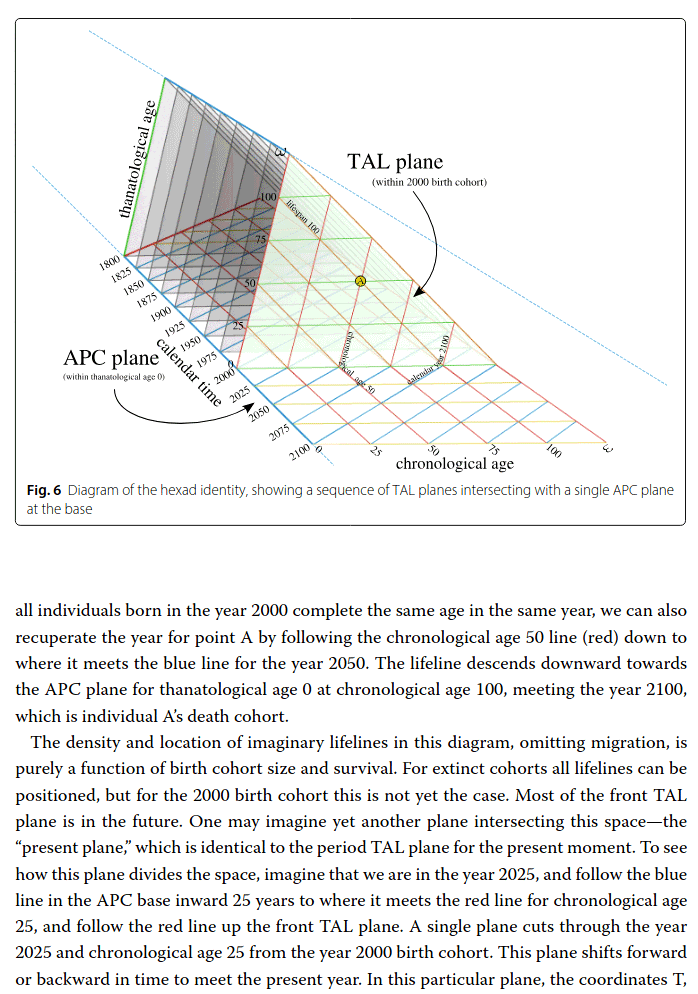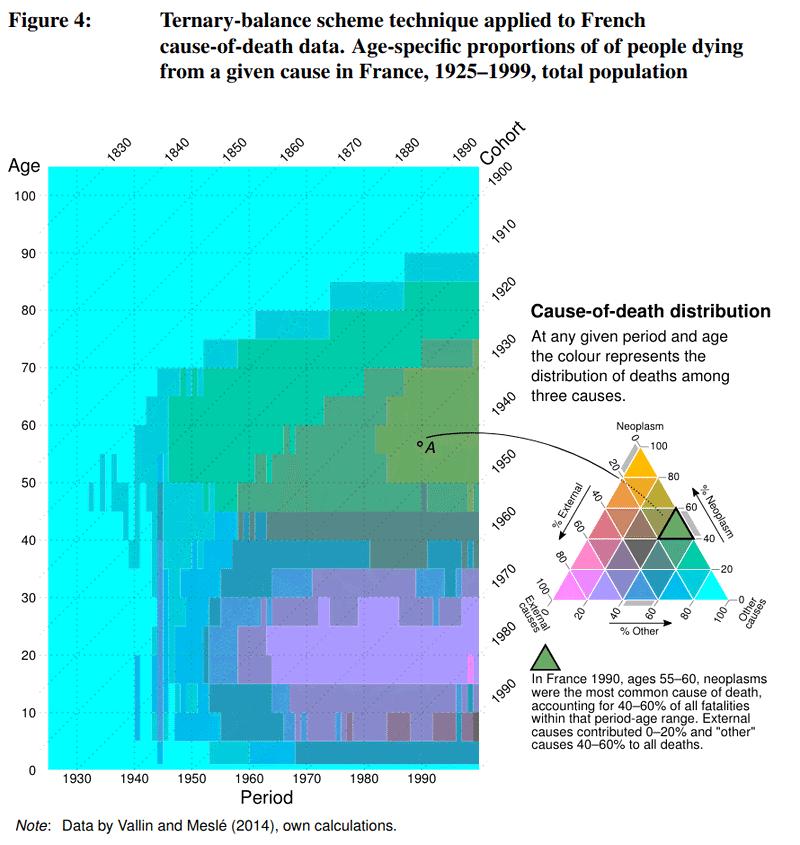The impact of population heterogeneity on the age trajectory of neonatal mortality: a study of US births 2008-2014
I contribute an empirical test of the hypothesis that the age trajectory of mortality in the days and weeks following birth is an artifact of mortality selection.
Estimating recent trends in alcohol sales in the United Kingdom from alcohol duty revenue
We apply excess count methodology to detect changes in UK alcohol sales in response to lockdowns and new legislation.
Stillbirth rate trends across 25 European countries between 2010 and 2021: the contribution of maternal age and multiplicity
Stillbirth rates have stalled or increased in some European countries during the last decade. Why?
Empirical prediction intervals applied to short term mortality forecasts and excess deaths
We propose the use of empirical prediction intervals for the study of weekly expected and excess deaths and show the superior calibration of these intervals compared to parametric intervals. Further, we use the empirical PIs to quantify the probability of detecting 10% excess deaths in a given week, given pre-pandemic mortality trends.
Population age structure dependency of the excess mortality P-score
We present formal and empirical results on the population structure bias of the P-score with a special focus on cross-country comparisons during the COVID-19 pandemic in Europe.
Rising Stillbirth Rates in Germany. An Analysis of Changes in the Age and Nationality Structure of Women Giving Birth Between 2009 and 2018
During the last decade, a continuous increase in the rate of stillbirths has been observed in Germany. So far, the reasons for this trend are not well understood…
Bevölkerungsalterung unter Pandemiebedingungen
Wie hoch ist ein eventuelles Bevölkerungsdefizit unter Rentner:innen durch deren unerwartet frühes Ableben während der Pandemie und ändert sich unter pandemischen Bedingungen grundsätzlich etwas an den Herausforderungen des Rentensystems? Wir schauen auf die demografische Ausgangslage.
Conflicting COVID-19 excess mortality estimates
We believe that the estimates of the COVID-19 Excess Mortality Collaborators are unreliable and should not be used for any policy evaluation.
Life expectancy changes since COVID-19
The COVID-19 pandemic triggered an unprecedented rise in mortality that translated into life expectancy losses around the world, with only a few exceptions. We estimate life expectancy changes in 29 countries since 2020, attribute them to mortality changes by age group and compare them with historic life expectancy shocks.
Life expectancy declines in Russia during the COVID-19 pandemic in 2020
How did Russia fare during the first year of the pandemic?
Quantifying impacts of the COVID-19 pandemic through life-expectancy losses: a population-level study of 29 countries
The COVID-19 pandemic triggered significant mortality increases in 2020 of a magnitude not witnessed since World War II in Western Europe or the breakup of the Soviet Union in Eastern Europe.
Robustness and bias of European excess death estimates in 2020 under varying model specifications
Using weekly death counts from 20 European countries, we evaluate the robustness of excess death estimates to the choice of model for expected deaths and perform a cross-validation analysis to assess the error and bias in each model’s predicted death counts.
The centered ternary balance scheme: A technique to visualize surfaces of unbalanced three-part compositions
By reprojecting an unbalanced compositional data set around its center of location and visualizing the transformed data with a standard ternary balance scheme, the internal variation of the data becomes visible. An appropriate centering operation has been defined within the field of compositional data analysis.
Estimating the burden of the COVID-19 pandemic on mortality, life expectancy and lifespan inequality in England and Wales: a population-level analysis
We estimate the impact of the COVID-19 pandemic on mortality, life expectancy and lifespan inequality in England & Wales 2020.
Patient self-testing of white blood cell count and differentiation: A study of feasibility and measurement performance in a population of Danish cancer patients
This study sought to evaluate measurement properties and feasibility of patients’ self-testing using a point-of-care testing (POCT) device.
But Why? Design choices made while creating 'Regional population structures at a glance'
Post-publication design self critique of a map that went viral.
An R package for efficient estimation of smooth distributions from coarsely binned data
ungroup is an R library that introduces a versatile method for ungrouping histograms.
A unified framework of demographic time
Period, birth cohort, age, lifespan, time until death, death cohort unified in one expanded Lexis identity.
Visualizing compositional data on the Lexis surface
We introduce techniques for visualizing compositional data on a period-age grid to the field of demography and demonstrate the usefulness of the techniques by performing an exploratory analysis of age-specific French cause-of-death patterns across the 20th century.”

